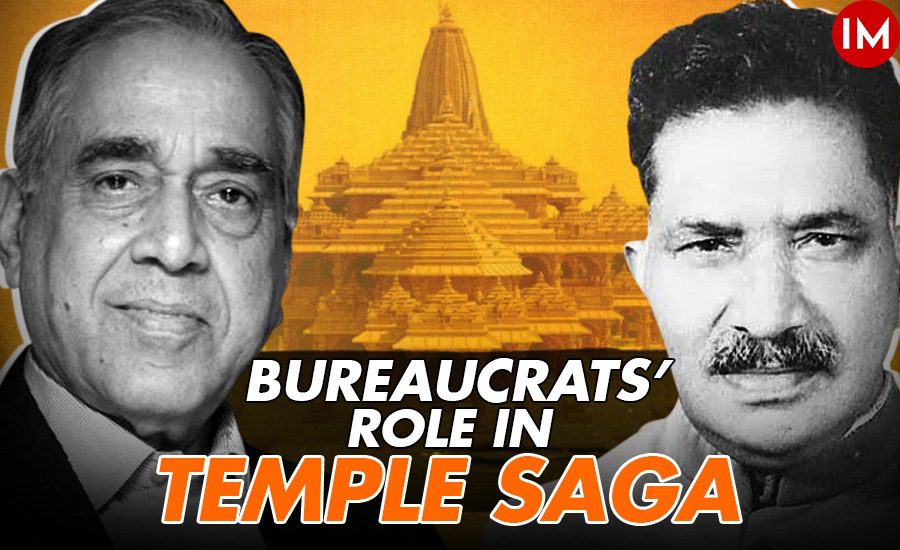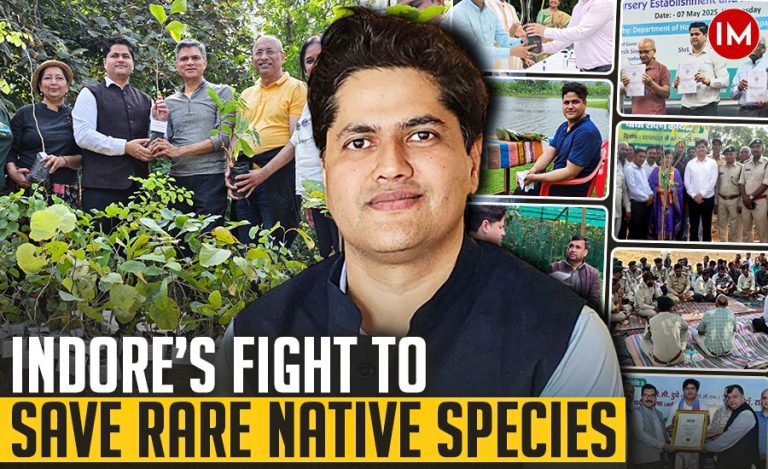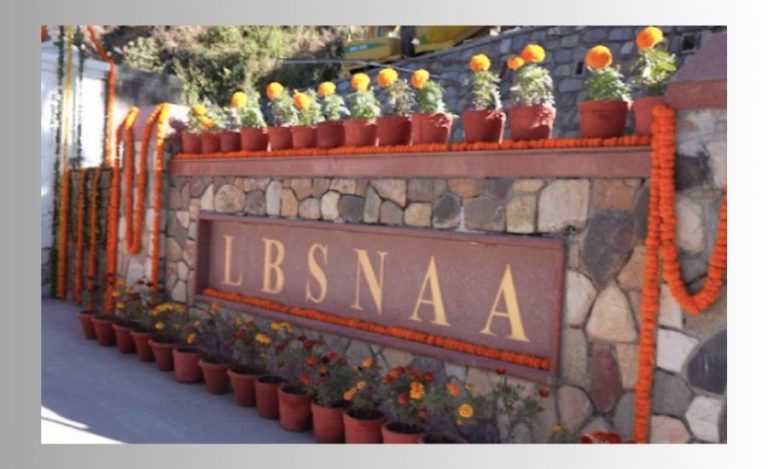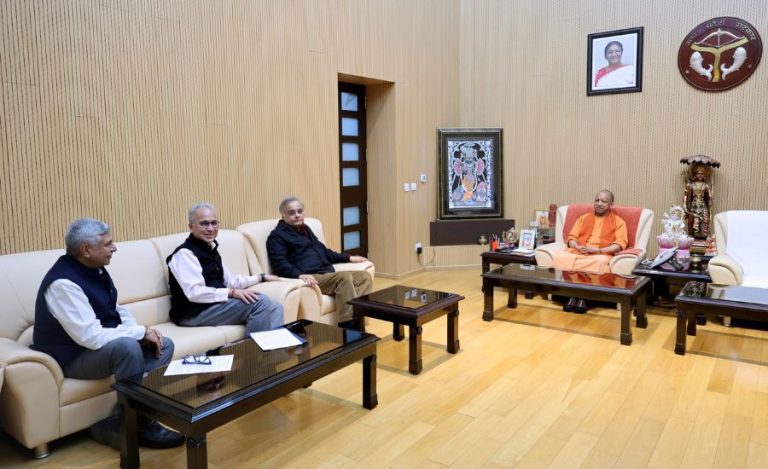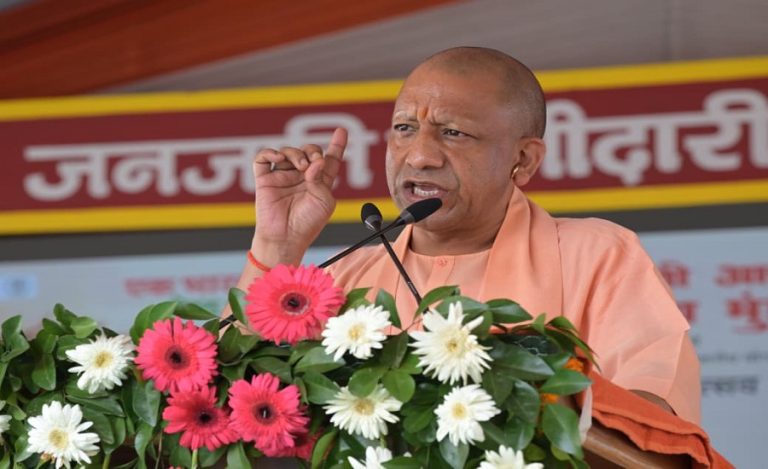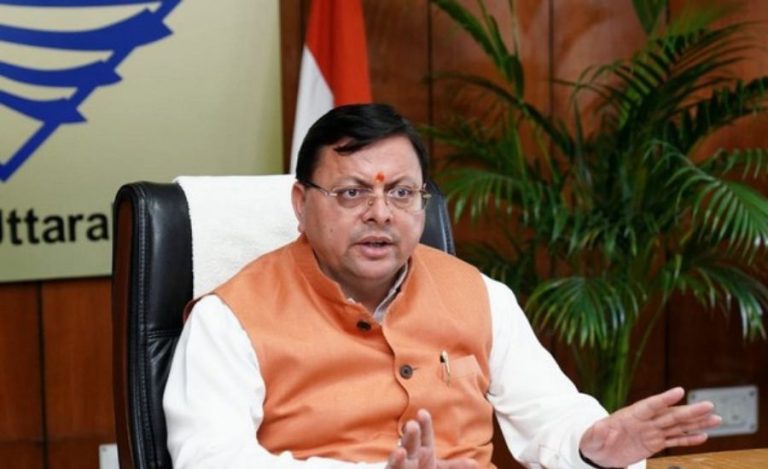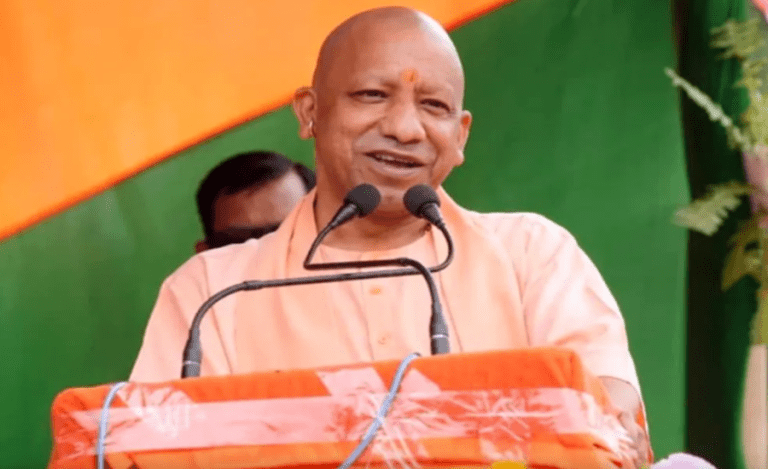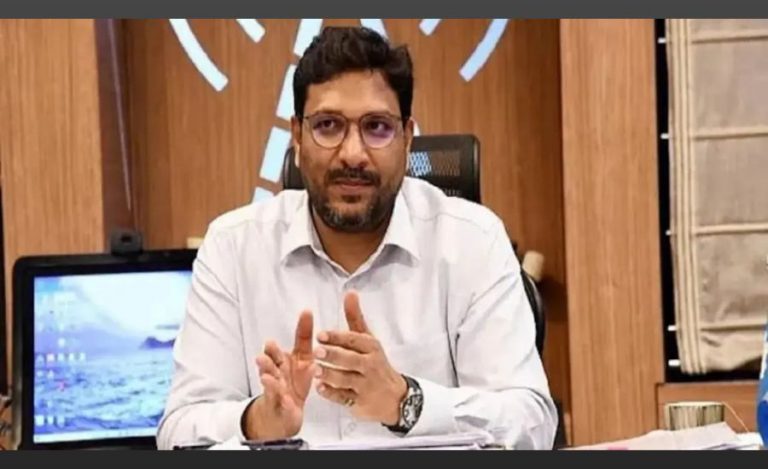The consecration of Ram Lalla’s idol in a grand temple built in his birthplace in Ayodhya on January 22, not only puts a full stop to the dispute hanging fire for over 500 years but also underlines the role of several bureaucrats in this journey – especially since idols “mysteriously appeared” inside the disputed structure on the night of December 22, 1949.
Kadangalathil Karunakaran Nayar, or KK Nayar, was the District Magistrate of Faizabad (as Ayodhya was known then) in December 1949. Another IAS officer of UP Cadre, Nripendra Mishra, was appointed chairman of the Temple Construction Committee of Ram Janmabhoomi Teertha Kshetra Trust, constituted on orders of the Supreme Court of India, to oversee temple construction.
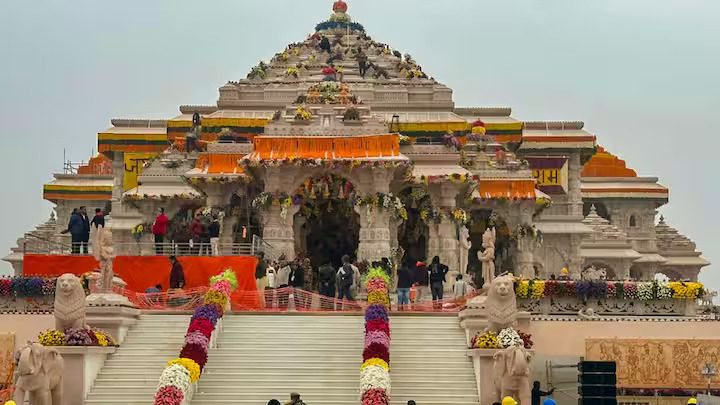
THE LONG LIST
In between these two, a plethora of bureaucrats have played some role in bringing Ram Janmabhoomi Temple to its present grand form. These include SC Dixit, BP Singhal, DB Rai, Nripendra Mishra, Diwakar Tripathi, Shatrughan Singh, and Awanish Awasthi, among many others.
Shrish Chandra Dixit, IPS, former DGP of UP was part of Vishwa Hindu Parishad for a long time before getting elected twice as a Lok Sabha member from Varanasi, DB Rai, IPS, the then SSP, Faizabad in December 1992 when Babri Masjid was demolished, BP Singhal, IPS, another DGP of UP who the BJP nominated to Rajya Sabha post-retirement. He was the younger brother of Ashok Singhal, the architect of the Ram Janmabhoomi Temple agitation, and lifelong president of Vishwa Hindu Parishad.
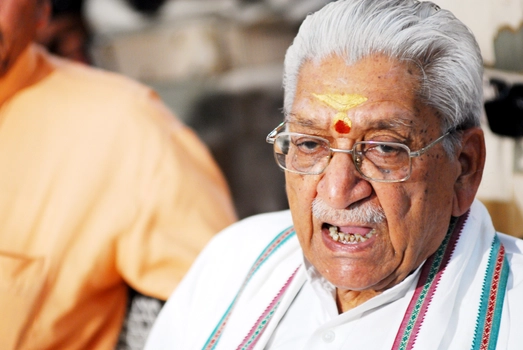
Shatrughan Singh, IAS, who retired as Chief Secretary of Uttarakhand was Secretary in Atal Behari Vajpayee’s PMO in 2001 when Shankaracharya of Kanchi Kamkoti Peeth Swami Jayendra Saraswati tried to find a solution to the 500-years-old dispute through mediation. He is now part of the temple construction committee headed by Nripendra Mishra.
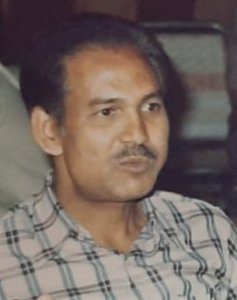
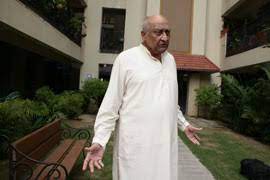
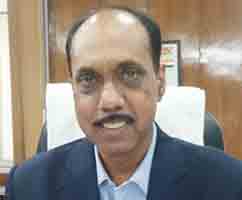
NRIPENDRA MISHRA, IAS
Nripendra Mishra has the unique distinction of being Principal Secretary to two Chief Ministers – Mulayam Singh Yadav in 1990 and Kalyan Singh in 1992. He was, however, removed from the post by Kalyan Singh, a few months before the demolition of the Babri Mosque. Mr. Mishra was Principal Secretary to Prime Minister Modi from 2014 to 2019 after which, he was appointed Chairman of the temple construction committee.
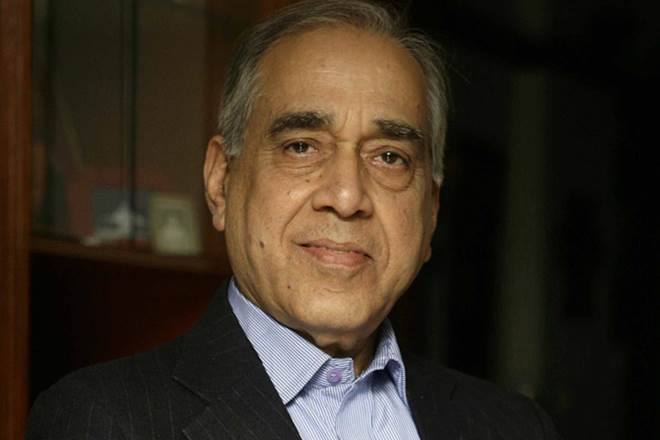
The committee also includes another IAS, Diwakar Tripathi, who has held many important positions in state administration. He is also head of the management committee of Hanuman Temple, in front of Lucknow University. Awanish Awasthi, IAS, former Principal Secretary to Chief Minister Yogi Adityanath, who was appointed advisor to the CM after retirement, along with Gyanesh Kumar, IAS, joint secretary to Yodi Adityanath, are CM’s nominees in the Temple Trust.
Watch IAS officer Nripendra Mishra talk about his role in temple construction-
TEMPLE CONSTRUCTION COMMITTEE
The government announced the formation of the 15-member Shri Ram Janmabhoomi Teertha Kshetra Trust in Parliament on February 5, 2020. The trust had seven members, five nominated members, and three trustees. The trust was formed following the Supreme Court verdict on the Ayodhya dispute in November 2019.
Ram Temple, being a prestigious project for the Modi government, needed a man with vast governance experience and Nripendra Misra fit the bill. In an interview with Indian Masterminds some time back, Mr. Mishra said, “We have consulted construction experts from IITs and other institutions and decided not to use steel and cement in the temple’s construction.”
The temple foundation, according to Mr. Mishra, is 12-metres deep. The soil used for refilling the foundation was converted into stone in 28 days, and a total of 47 layers were laid in the foundation. He said the temple will not require any repairs for at least 1,000 years and even an 8-magnitude earthquake won’t be able to shake its foundation.
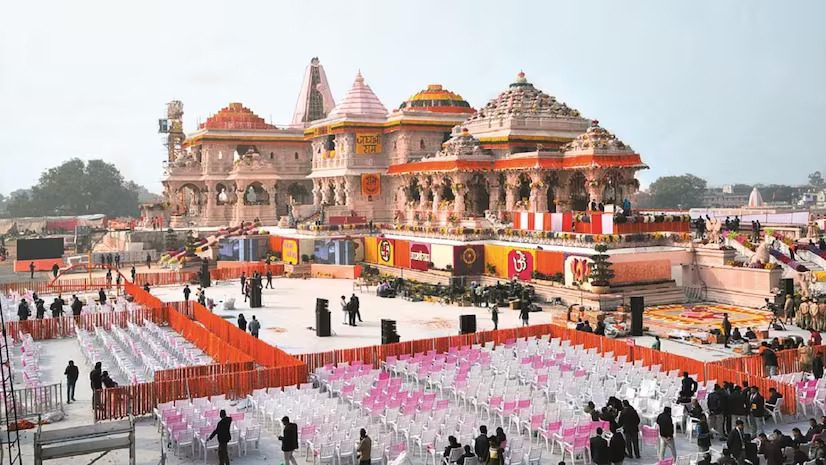
THE KK NAYAR SAGA
The story of bureaucrats shall remain incomplete without the mention of KK Nayar, the DM of Faizabad in 1949 when idols “appeared” inside Babri Masjid. He refused to remove the idols from Babri Masjid despite specific instructions from the then Prime Minister Pt. Jawahar Lal Nehru ‘fearing communal conflagration resulting in the loss of lives’. This triggered litigation between Hindus and Muslims on the ownership of the place, till Supreme Court delivered a judgment in favour of Hindus in 2011.
Mr. Nayar’s role was so crucial in tilting the case in favor of Hindus, that Ram Janmabhoomi Trust has appended his biography with the invitation card sent for the consecration ceremony, presided over by Prime Minister Narendra Modi.
Born in Kerala’s Alleppey, Nayar studied at the local Sanatana Dharma Vidyashala before going on to study at University College, London, after which he joined the Indian Civil Service.
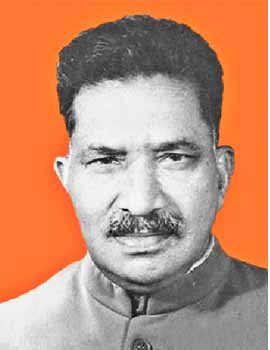
DIVINE LIGHT & GOD LIKE CHILD
According to a report sent by Nayar to the government on December 23, 1949, a Muslim guard Abdul Barkat saw a flash of divine light and a figure of a very beautiful God-like child of 4-5 years appear inside the central dome of Babri Masjid. He even requested the Home Secretary Govind Narayan to be replaced with another officer as “he could not find a Hindu who was ready to remove the idols’. Nayar was later removed from the post for ‘dereliction of duty’.
He became an instant hero not only in Ayodhya-Faizabad but in neighboring districts as well. He took premature retirement from service and joined Bhartiya Jan Sangh, the precursor of today’s BJP. Both Nayar and his wife were given tickets to contest the Lok Sabha elections. Riding the Ram Wave, his wife Shakuntala Nayar registered easy victories in 1952, 1967 and 1971 elections from Kaiserganj. Nayar, too, won the neighbouring Bahraich seat on BJS ticket in 1967.
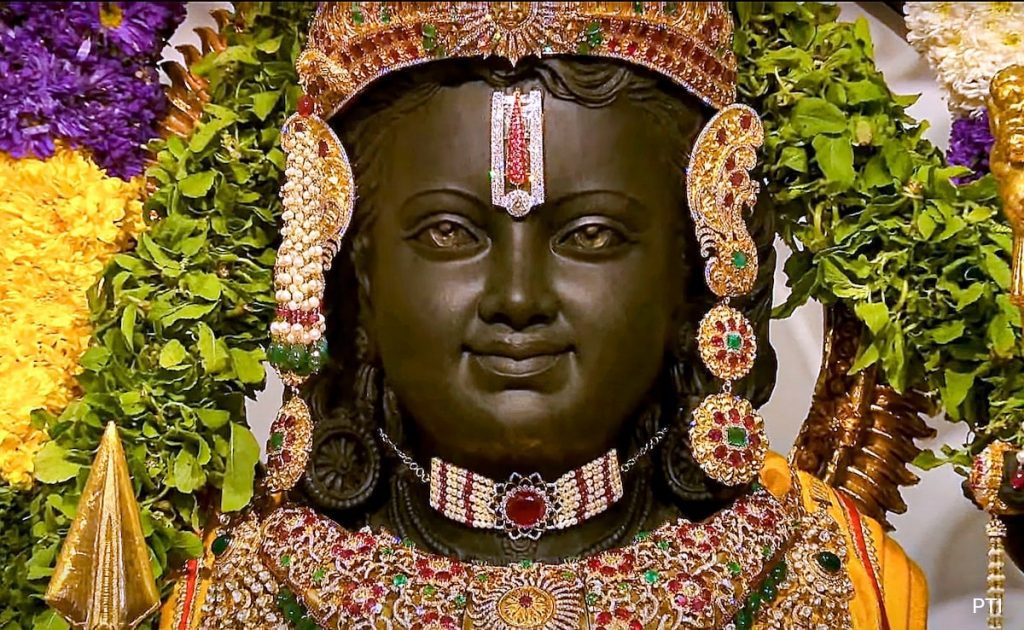
THE DEMOLITION ACCUSED
Besides, seven bureaucrats were among the 28 persons named as accused by the CBI in the Babri Masjid demolition case registered on December 7, 1992. These included Prabhat Kumar, IAS, Principal Secretary to Chief Minister Kalyan Singh; Alok Kumar, IAS, Tourism Secretary; Shankar Agrawal, IAS, Special Secretary, Home; Jiwesh Nandan, IAS, Joint Secretary, Home; RN Srivastava, IAS, DM Faizabad; DB Rai, IPS, SSP, Faizabad and Umesh Tiwari, IAS, ADM, Faizabad.
However, they got scot-free as the then Chief Minister Kalyan Singh took the responsibility on to himself. He had in an affidavit submitted to the Supreme Court, given an undertaking that he would ensure no harm to Babri Masjid during kar seva on December 6, 1992.
He told the court that the accused officer had no role in the demolition and they were merely following his orders.

